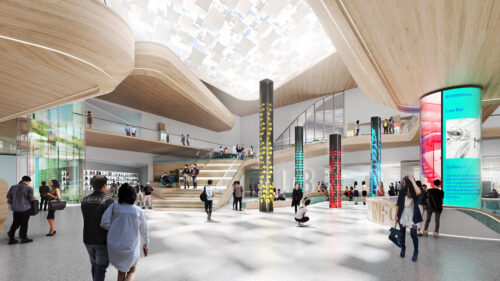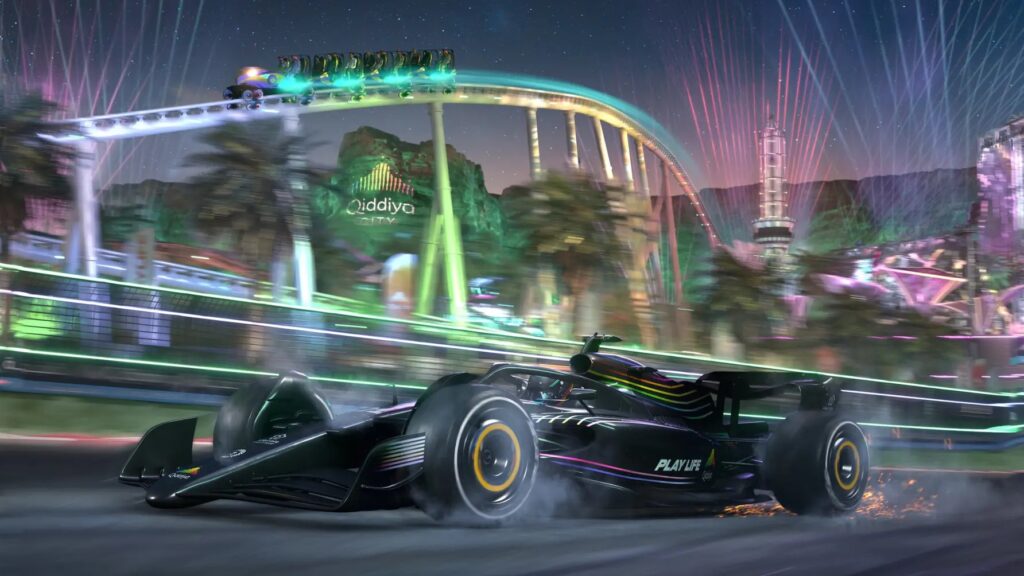To 3D or Not to 3D – The world’s still flat, but it doesn’t have to be.
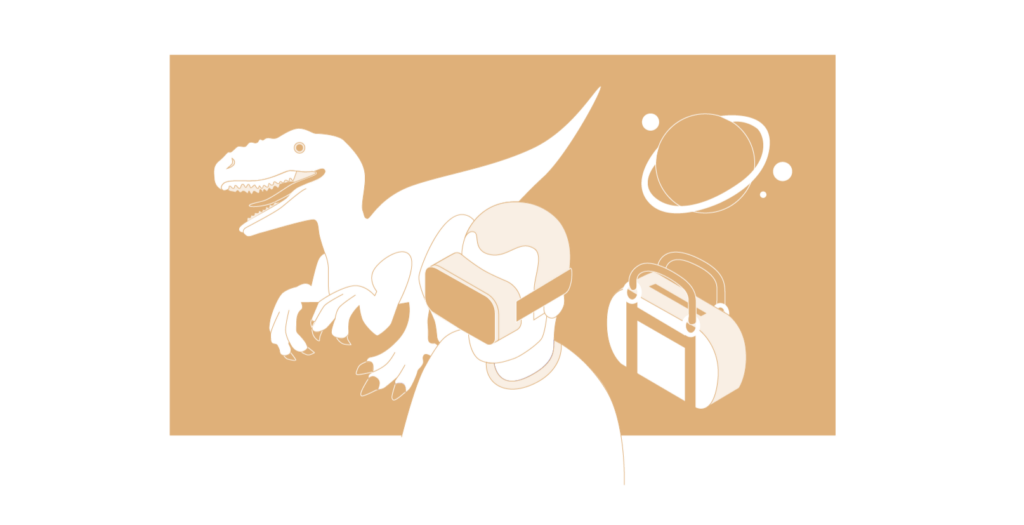
Newsflash: The Earth is still flat
Ancient Greek scholars first surmised that the Earth was, in fact, spherical — rather than flat — the commonly held belief of the time. Yet even today, some 2500 years later, much of our rich, multi-dimensional world remains stubbornly ‘flat’ when it comes to the way we communicate and share ideas.
We primarily use ‘flat’ formats to communicate — documents, drawings, plans, and photos — which in turn are shared and viewed on ‘flat’ screens — phones, tablets, laptops, and TV. Even the highly-immersive world of film and television is rendered down to a ‘flat’ movie format viewed on those same flat screens.
Those with long memories will remember the various attempts at 3D in film and television. Still, even those failed attempts show a real desire to bring more immersivity and depth to filmed entertainment.
That leaves live performances and exhibitions as the only immersive format consumed at any form of scale. But even then, being tied to a particular location limits their use.
Generation X-perienced
At Journey, we think about the opportunities 3D presents from the audience’s perspective. It’s important to recognize there’s a whole new generation of consumers who have grown up with immersive 3D gaming. They have enjoyed increasing levels of realism over the years. As a result, they now almost expect those same visualization techniques to be featured in other aspects of their lives. After all, if they can run around a building at Hollywood levels of photo-realism in pursuit of zombies, why can’t they virtually ‘explore’ the Airbnb they’re trying to book for next summer’s vacation?
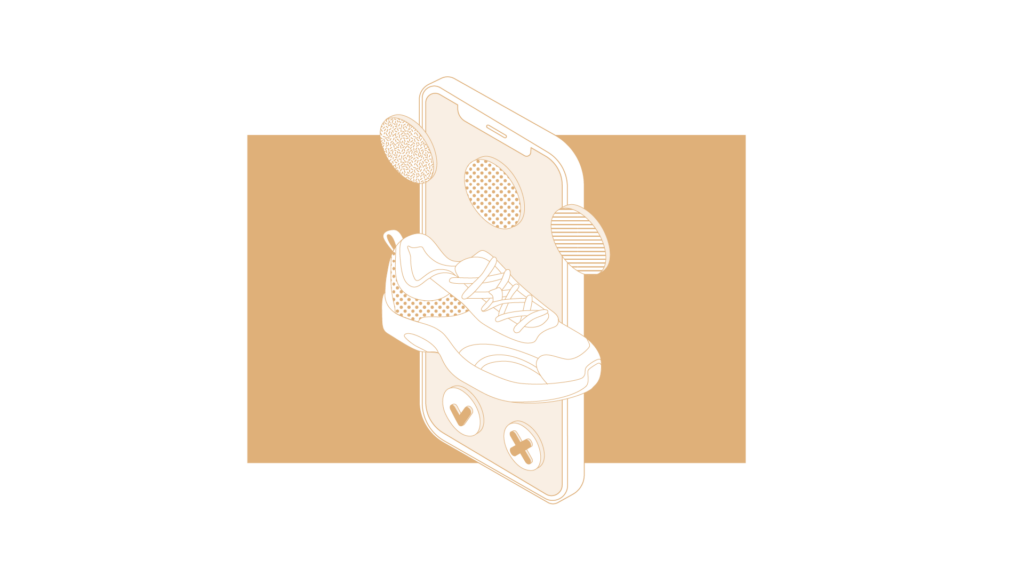
In parallel to all this is the rise of spatial computing and affordable consumer VR platforms, which feed the hunger and desire for more immersive content.
Developments in computer vision now allow any smartphone with a camera to interpret, understand, and interact with the world around them via sophisticated cloud-based AI. This unlocks entirely new Augmented Reality (AR) use cases triggered by recognizing real objects in a scene rather than relying on printed QR codes nearby.
- Now, we can scan ancient texts and have real-time translations appear.
- We can scan a pile of Lego bricks and figure out what could be made with them.
- Or, we can keep queuing guests entertained by providing AR headsets to transform their faces in readiness for their entry photo ID, as well as blending them into the souvenir photo booth at the end.
VR headsets are finally reaching consumer-friendly price points and delivering high-quality, believable, immersive gaming experiences. This is unlocking a new era of synthetic 3D storytelling possibilities for a wider range of entertainment and educational use cases.

This is earning VR more of a place in the experience design toolbox. It’s also creating a new marketplace for ‘direct-to-headset’ software experiences sold as souvenirs or to a new type of remote customer who never sets foot inside your actual facility.
- Imagine ‘VR tourism”, which transports people to inaccessible places that are impractical to visit in real life.
- Or facilitating ‘time travel’ to revisit ancient civilizations and cultures long gone
- Or, equally traveling into the future to experience things we can only imagine
All of these scenarios are entirely possible today, thanks to these advances in spatial computing and computer vision, and are increasingly being expected and consumed.

To 3D or not to 3D, that is the question
Given all these technological advances and changes in consumer behavior, the time is right to embrace this new 3D age and unlock the possibilities and the value it can create. But where to start?
Going back to our starting point — a world filled with ‘flat documents’ viewed on ‘flat screens’ — start by looking at how 3D can improve how you communicate internally to your team and externally to customers.
Questions to ask yourself:
- Do you routinely work in 3D throughout the design cycle from conception through to manufacture?
- Do you hold versions of your core assets in recognized, interoperable 3D file formats ready to share with stakeholders, if necessary?
- Are you using 3D visualizations to turbo-charge your sales and marketing materials?
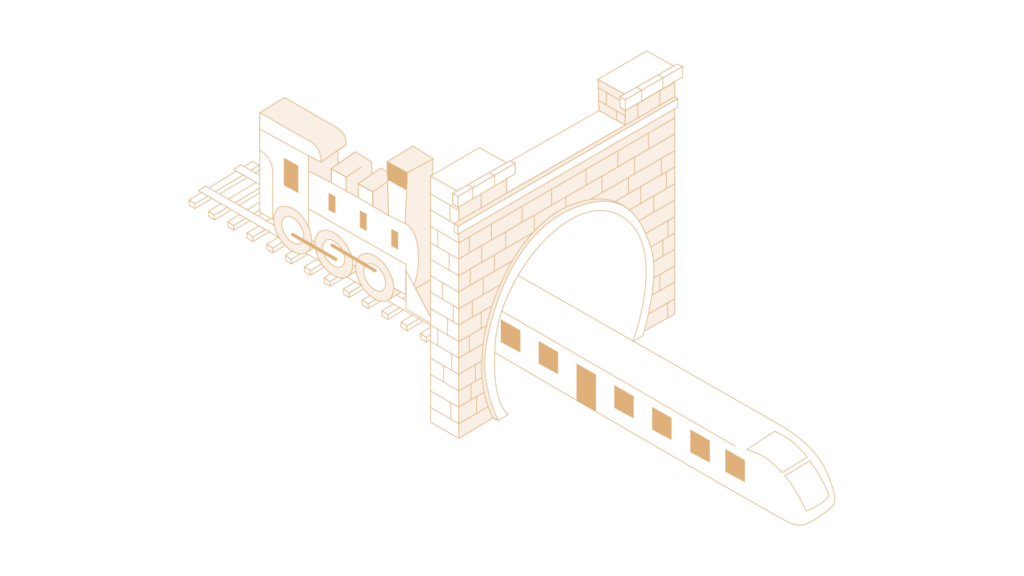
It’s time to get real about 3D
Many organizations can (and do) tick all of those boxes already. After all, affordable 3D CAD has been around for a generation. The real game-changer in 3D is affordable real-time rendered 3D.
Rather than waiting for a 3D scene to render or a sequence of scenes to compile into an animation, real-time rendering creates those views in (as it says on the tin) REAL TIME.
Remember the rise of immersive 3D gaming we mentioned earlier? Well, it’s exactly the same rendering ‘engines’ that are used here to create highly detailed scenes in real-time. As you move or change your viewpoint, the engine redraws the scene instantly to reflect this.
The once simplistic computer game graphics of the 1980s have now been replaced by renderings in Hollywood-quality levels of realism to Ultra HD standards; in fact, it was the movie industry that first pioneered the use of gaming engines in this non-gaming way.
Now, how do you easily and affordably bring real-time 3D into your internal and external communications and finally leave this ‘flat’ Earth behind and set controls for a 3D future?
Fortunately, this is easier than you might think.
Virtual Twins as the ‘3D Backbone’
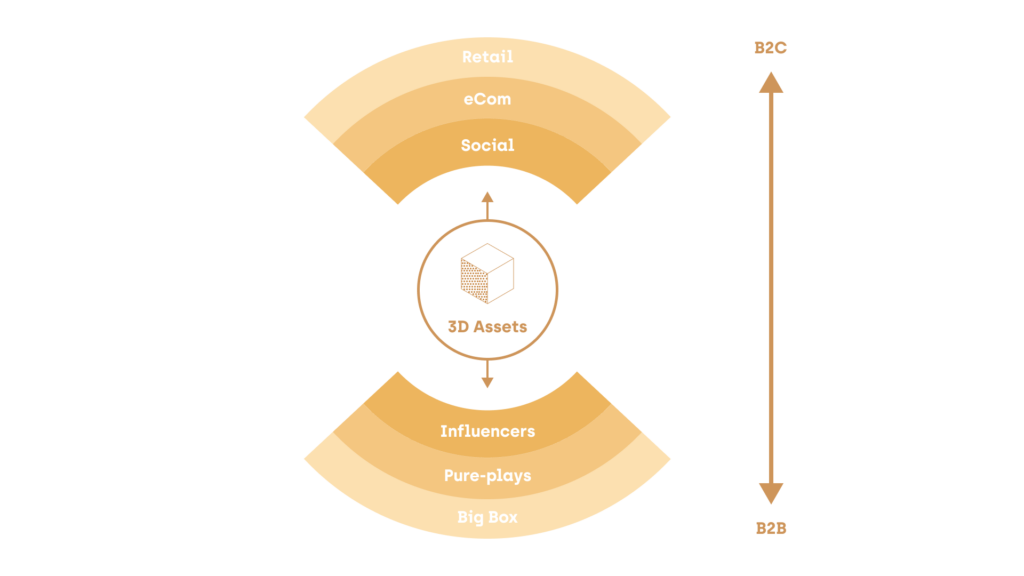
Journey realizes that becoming more 3D-centric isn’t just about holding 3D models on file. It’s about constantly and consistently working in 3D, which is what real-time 3D technology brings to the party.
Virtual Twins are real-time rendered 3D replicas of actual objects and places, which allows people to both see and experience that object or place from afar.
Additionally, they do not necessarily require VR headsets to operate — we can use and view them using ordinary laptops and smartphones — but they can be viewed with this new breed of affordable VR headsets, too. This is especially effective when viewing virtual environments at ‘human scale,’ and many modern architects are routinely using this technique with their clients.
Throughout the design process, Virtual Twins replace those ‘flat’ 2D drawings, documents, and photos in favor of interactive, controllable 3D views. This removes the need for people to interpret 2D information into a 3D understanding, which in turn clarifies intent and improves comprehension.
Embracing the opportunities Virtual Twins present in this way unlocks three clear business opportunities:
- Acceleration: make more informed decisions more quickly
- Validation: test ideas with stakeholders and customers before committing
- Simulation: optimize things by role-playing future scenarios
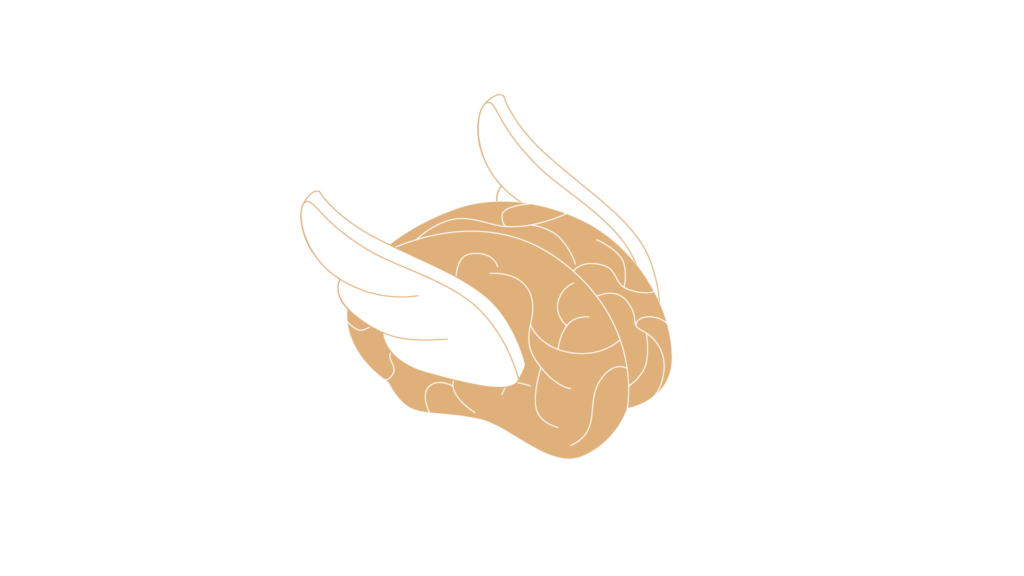
Designing at the speed of thought
Real-time rendered Virtual Twins allow your teams to literally design at the speed of thought. By working in 3D from the outset, early ideas can (more) quickly turn into concepts, and concepts can (more) quickly turn into proposals — and the entire team remains aligned throughout.
For human-scale aspects, swapping formal ‘flat’ presentations for the ability to quickly jump in and ‘inhabit the design’ removes barriers, enables better decision-making, and gets you to market faster.
Don’t launch a dud let customers judge
In the same way, you can bring team members inside the design process. You can extend this capability to preview and test ideas with customers.
Shortlisted concepts can be previewed and shared with customers to seek their opinion and feedback before making expensive commissioning decisions. Unlike traditional focus groups that often rely upon limited visuals and descriptions, 3D prototypes eradicate subjectivity and misinterpretation, so feedback is more precise and actionable.
Practice makes perfect
Virtual Twins can also be used to run simulations for future scenario planning by training staff or by discovering the most optimal setup of something like entry flow to an attraction.
Different kinds of ‘what if’ scenarios can be played out inside the Virtual Twin, and the effects are visualized in real-time, so direct impacts and side effects can be observed (safely). Scenario planning like this helps organizations to prepare for the unexpected, build resilience, and better position themselves for success.
A new synthetic world
The rise of these synthetic, persistent worlds that Virtual Twins create is also enabling a host of entirely new synthetic product opportunities. Inside these virtual worlds, virtual products can be owned, used, and traded by their inhabitants.
For the generation who spend increasing amounts of time inside such parallel worlds —socializing as much as playing — they want to be able to personalize their appearance and reflect their identity (or mask it). This human need has created new marketplaces to buy and trade entirely synthetic possessions for use in virtual worlds, and many real-world brands are now experimenting with entirely digital goods.

This creates new ownership models based on new synthetic product ranges bought and sold through new storefronts. These digital goods can be copies of real-world counterparts or be entirely virtual and only accessible and useful in such parallel worlds. And reflecting both extremes, they can either exist in unlimited numbers or finite fixed amounts, so scarcity becomes a new form of currency.
Whilst it’s clearly early days for these kinds of synthetic products and experiences, the potential is huge because the normal constraints of supply and demand no longer apply.
The 3D Big Bang
Placing 3D capabilities at the core of your workflows enable you to propose and create more immersive and engaging experiences for customers by creating more immersive media and visuals to augment your physical aspects.
It also can improve your design and production process via more accurate and detailed digital prototypes and simulations. Plus, you can increase efficiency and reduce costs as 3D models can be shared and reused across different teams and departments.
Finally, there are these emerging new revenue opportunities and markets stemming from entirely new, synthetic digital products and services that were simply not possible before.
We hope this has expanded your (3D) horizons. If you’re interested in exploring how you can introduce more 3D thinking and Virtual Twins into your business, get in touch.
With thanks to Tom Hostler for his editorial contributions.




 Jules Coke
Jules Coke
